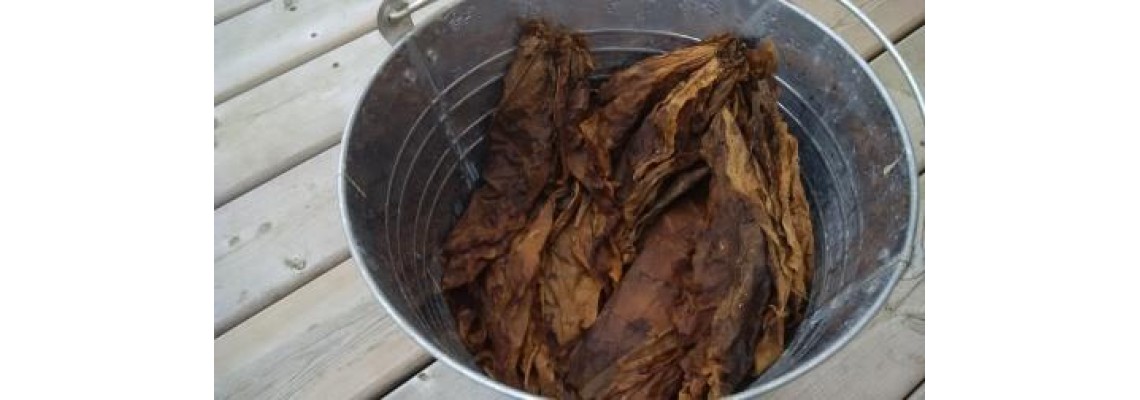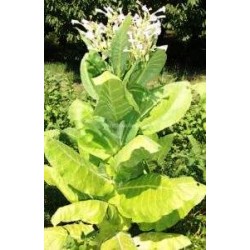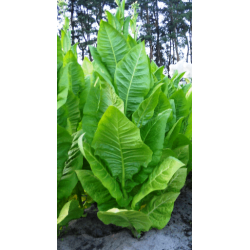
Using Tobacco as a Natural Garden Pesticide: History, Safety, and Eco-Friendly Alternatives
Did you know that tobacco has historically been used as a natural pesticide? Long before synthetic chemicals, gardeners relied on tobacco’s natural compounds to deter pests and protect crops. Today, this traditional knowledge informs sustainable gardening practices — even if modern use requires caution.
What Makes Tobacco a Natural Pest Deterrent?
Tobacco (Nicotiana spp.) contains nicotine, a powerful alkaloid that acts as a natural defense against insects. Historically, farmers made tobacco water or dust sprays to ward off aphids, caterpillars, beetles, and other pests.
Traditional Uses of Tobacco in the Garden
-
Tobacco Infusion: Dried leaves soaked in water, strained, and lightly applied to plants.
-
Tobacco Dust: Sprinkled around crops to repel insects.
-
Companion Planting: Using tobacco as a barrier or trap plant near vulnerable crops.
Modern Alternatives Inspired by Tobacco
While tobacco sprays are largely outdated, its use inspired modern eco-friendly gardening techniques:
-
Trap Crops: Planting pest-attracting plants to protect main crops.
-
Botanical Sprays: Neem oil, garlic, or chili sprays as safe, natural deterrents.
-
Integrated Pest Management (IPM): Combining companion planting, natural predators, and cultural practices.
Summary
-
Tobacco naturally produces nicotine, historically used to repel garden pests.
-
Traditional methods included tobacco water, dust, and companion planting.
-
Modern gardening favors safer botanical alternatives and eco-friendly practices.
-
Tobacco can still be grown for educational, historical, or ceremonial purposes.
Explore Our Tobacco Varieties
For gardeners interested in heritage and ceremonial tobacco, explore our carefully curated tobacco seed varieties — perfect for educational, ornamental, or traditional uses.






9 Comment(s)
Greetings! Very helpful advice within this post! It's the little changes that will make the biggest changes. Thanks a lot for sharing!
Aw, this was an exceptionally good post. Taking the time and actual effort to create a superb article… but what can I say… I put things off a whole lot and never seem to get nearly anything done.
I see your website needs some fresh content. Writing manually is time consuming, but there is solution for this. Just search for - Masquro's strategies
Hey there! I've been following your blog for some time now and finally got the courage to go ahead and give you a shout out from Huffman Tx! Just wanted to tell you keep up the great work!
It's very trouble-free to find out any matter on net as compared to books, as I found this post at this website.
It's very trouble-free to find out any topic on web as compared to books, as I found this paragraph at this web page.
I simply couldn't leave your website prior to suggesting that I really loved the usual info an individual supply on your visitors? Is gonna be again regularly to check up on new posts
Thank you, I have recently been looking for info about this topic for a while and yours is the best I've came upon till now. But, what in regards to the conclusion? Are you certain concerning the supply?
Ahaa, its good dialogue on the topic of this article at this place at this website, I have read all that, so now me also commenting at this place.
Leave a Comment